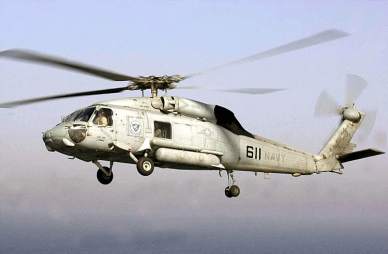The US Navy recently used a 50/50 biofuel blend to fly an MH60S Sea Hawk – a helicopter typically deployed for anti-surface warfare and combat missions.
As Navy Rear Adm. Philip Cullom explains, the fuel mixture was made from the Camelina seed, which horticulturists place in the same family of plants as the mustard seed and rapeseed.
Camelina requires little water or nitrogen to flourish and can be grown on marginal agricultural soil.

“These biofuels provide the Navy with an ‘off-ramp’ from petroleum to increased energy security,” Cullom told the US Navy website.
Indeed, earlier this year, the US military tested the same biofuel blend on the F/A-18 Super Hornet.
Test results indicate that the aircraft performed as expected, through its full flight envelope with no degradation of capability.
Testing of the biofuel is expected to continue across additional aircraft in 2011, with a target of approving the 50/50 blend for use in the Navy ships and aircraft by early 2012.
“The most significant impact of a dependence on fossil fuels is on our people. Getting a gallon of gasoline to a Marine at forward operating bases (FOBs) in Afghanistan is not easy,” said Secretary of the Navy Ray Mabus.
“Every single day, young Sailors, Marines, Soldiers and Airmen guard those vulnerable fuel convoys as they move from the logistics hubs to our FOBs (forward operating bases). Gasoline is the single thing we import the most into Afghanistan. [Clearly], we have to change the way we operate. We have to change the way we produce and we use energy.”






